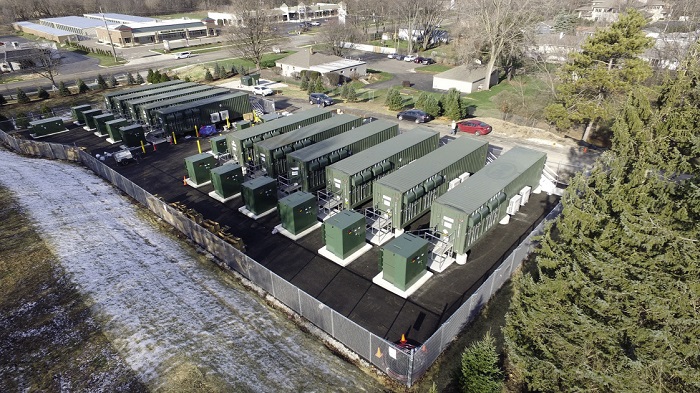Based on cumulative installed capacity, current cost and future investment, a new tool developed by Imperial College London researchers can predict future energy costs of electricity storage technologies for portable, transport and stationary applications under different scenarios, and forecast when low-carbon energy systems could catch up with fossil fuel-fired systems.
Some of the key findings of the study published in the Nature Energy journal are that electric cars could potentially rival petrol by 2022, and that solar home battery storage could become competitive by the 2030s.
“With this analysis tool we can quantify when energy storage becomes competitive and identify where to invest to make it happen, thereby minimizing investor and policy uncertainty,” said study lead Oliver Schmidt, from the Grantham Institute and the Centre for Environmental Policy at Imperial.
In building the tool, the team collated data on the installed capacity and price of several current energy storage technologies over time to see how costs fall as installed capacity increases. At a later time, they used these trends to calculate how quickly costs would decrease given different levels of future investment to increase the installed capacity.
Popular content
“This tool allows us to combat one of the biggest uncertainties in the future energy system, and use real data to answer questions such as how electricity storage could revolutionize the electricity generation sector, or when high-capacity home storage batteries linked to personal solar panels might become cost-effective,” said co-author Iain Staffell, from the Centre for Environmental Policy.
The authors pointed out that the tool can be used to compare the gains from different investments, noting that if the funds for the Hinkley Point C nuclear power plant, which is now projected to cost £19.6bn, and produce 3.2 GW of power on demand once completed in 2025, would be invested instead in large-scale lithium-ion batteries, by 2025 these would be able to deliver 21-41 GW of power when charged.
In sum, the new analysis reveals that with reasonable investment, energy storage technologies could soon become much cheaper, with electric cars leading the way as battery technology costs fall.
This content is protected by copyright and may not be reused. If you want to cooperate with us and would like to reuse some of our content, please contact: editors@pv-magazine.com.



By submitting this form you agree to pv magazine using your data for the purposes of publishing your comment.
Your personal data will only be disclosed or otherwise transmitted to third parties for the purposes of spam filtering or if this is necessary for technical maintenance of the website. Any other transfer to third parties will not take place unless this is justified on the basis of applicable data protection regulations or if pv magazine is legally obliged to do so.
You may revoke this consent at any time with effect for the future, in which case your personal data will be deleted immediately. Otherwise, your data will be deleted if pv magazine has processed your request or the purpose of data storage is fulfilled.
Further information on data privacy can be found in our Data Protection Policy.